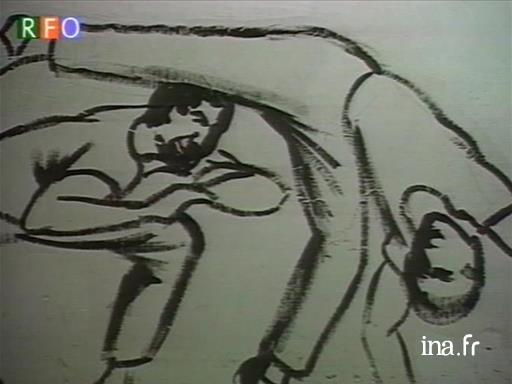Brazil: Resistance in the Forte de Santo Antonio

Information
In Bahía, associations including the GCAP looked after poverty-stricken children by encouraging them to engage in traditional dances, including capoeira. This dance, which is of Africa origin, chiefly Angola, often compared to a martial art. It was created by slaves who practised it to the sound of an instrument of Bantu origin, the berimbau. The film gives us a peek behind the doors of a school run by master Moraes, where children practise making the different figures of capoeira and then takes us to visit a musician and maker of berimbaus.
Context
While a modernized variant of capoeira, promoted by Bimba's students, the masters of Bahia like Carlos Senna as well as the county's sports authorities, was dominant in Brazil and is the most exported to other countries, the Bahia-born Moraes, then a soldier stationed in Rio de Janeiro, founded another group in 1980 called the CGAP, which was soon to leave for Salvador. It differentiated itself from the common styles of capoeira; it was decidedly ethnic and combative, as opposed to the predominant idea up until then of a gradual and friendly fusion of the «three races» living in Brazil.
It adopted the yellow and black uniform invented by master Pastinha and promoted the assertion that capoeira was a relic of a game that originated from Africa on board slave ships. First and foremost, the GCAP sought to restore and promote elements that had been lost in trying to turn capoeira into a sport and a form of entertainment, i.e. the slow and clever game with its black style of movements which had nothing to do with the aesthetic of ballet and gymnastics.
Faced with the hostility of the other groups, the renewed capoeira angola demonstrated its vitality by forming groups and trends, and ended up as one of the main styles, which capoeirists from all backgrounds borrowed elements from.
The modern capoeira angola founded by Moraes, Professor of English by profession, is an educational process. As such, it was the subject of several academic studies, in Brazil and elsewhere.





